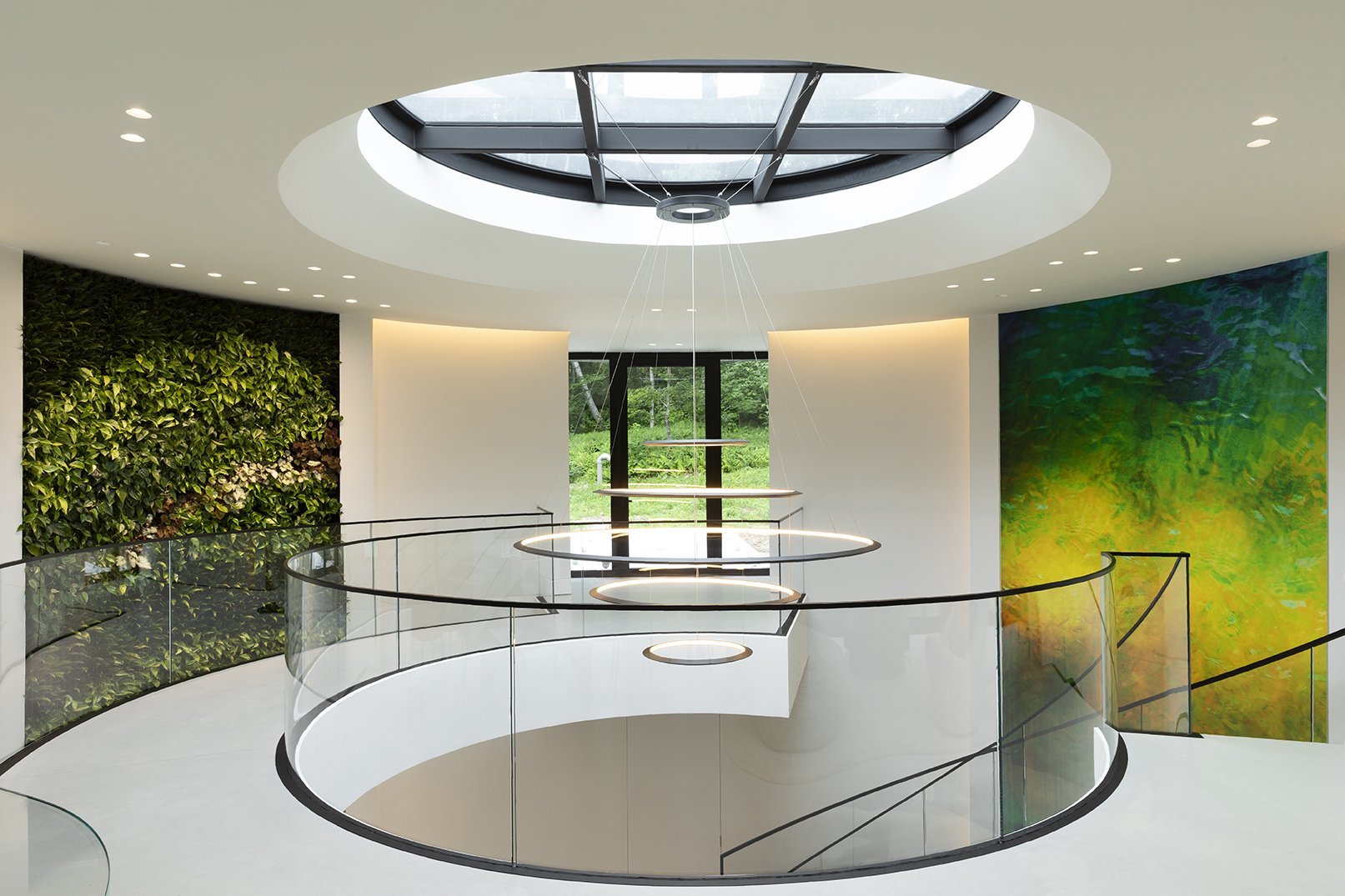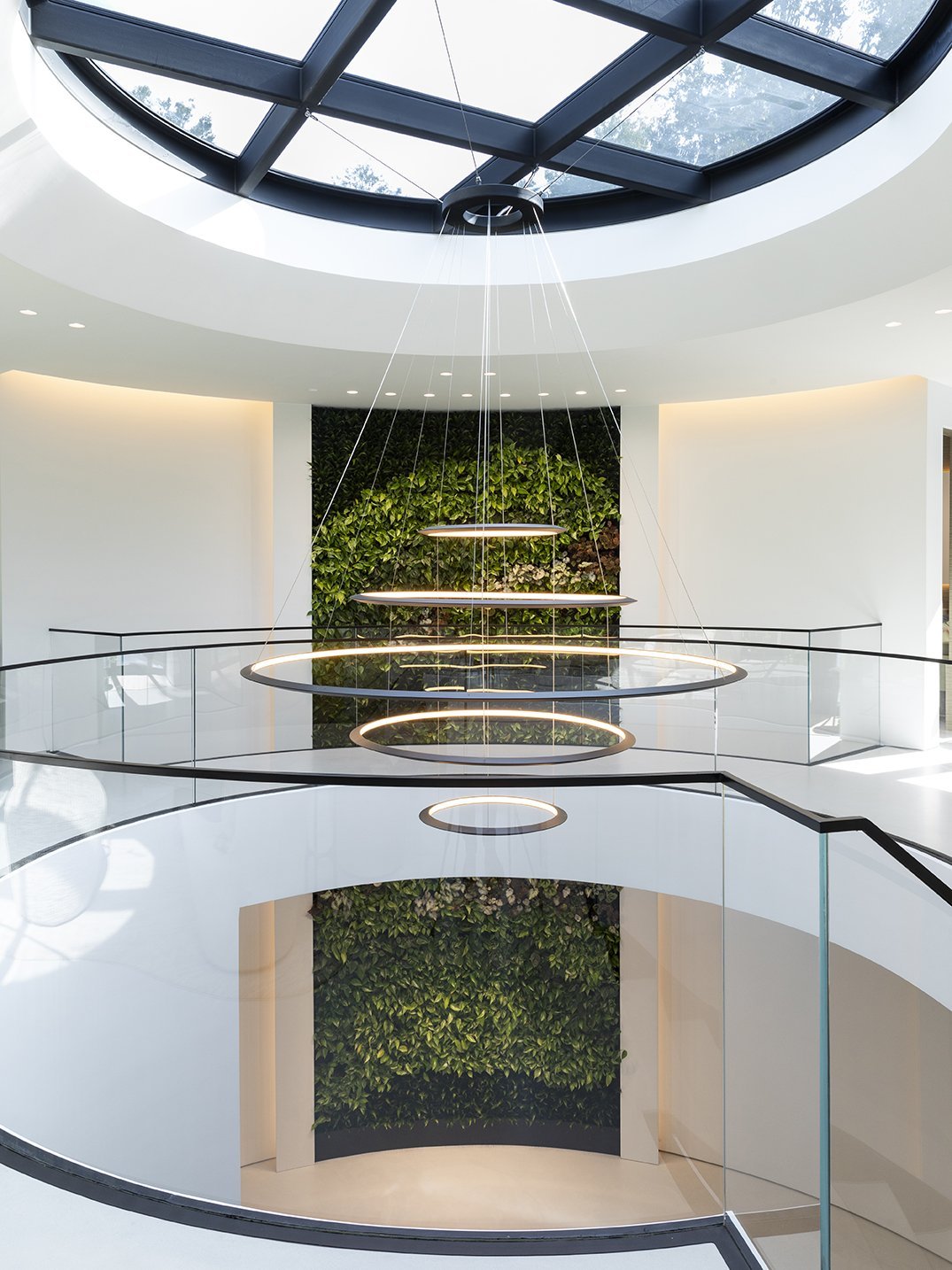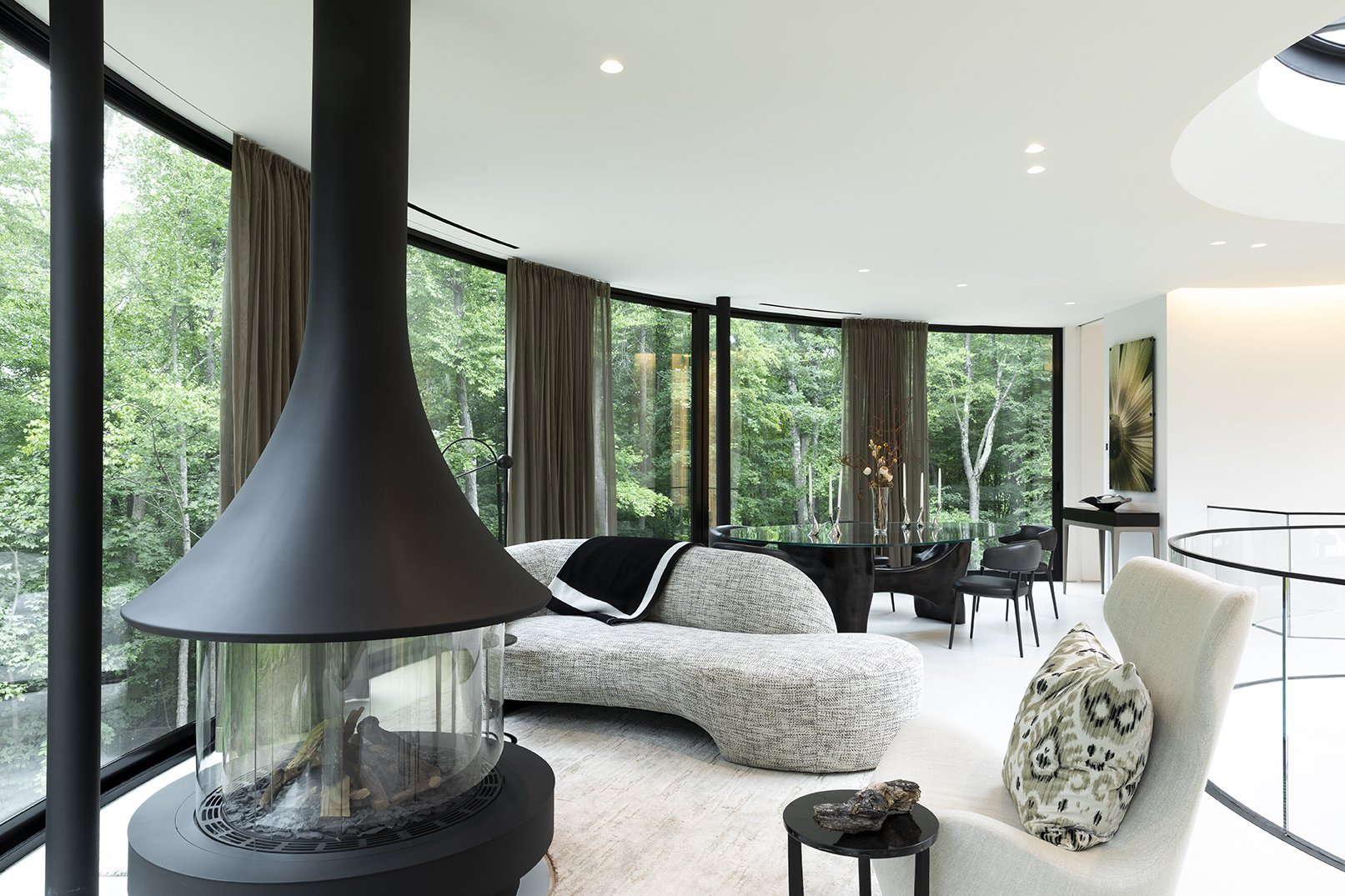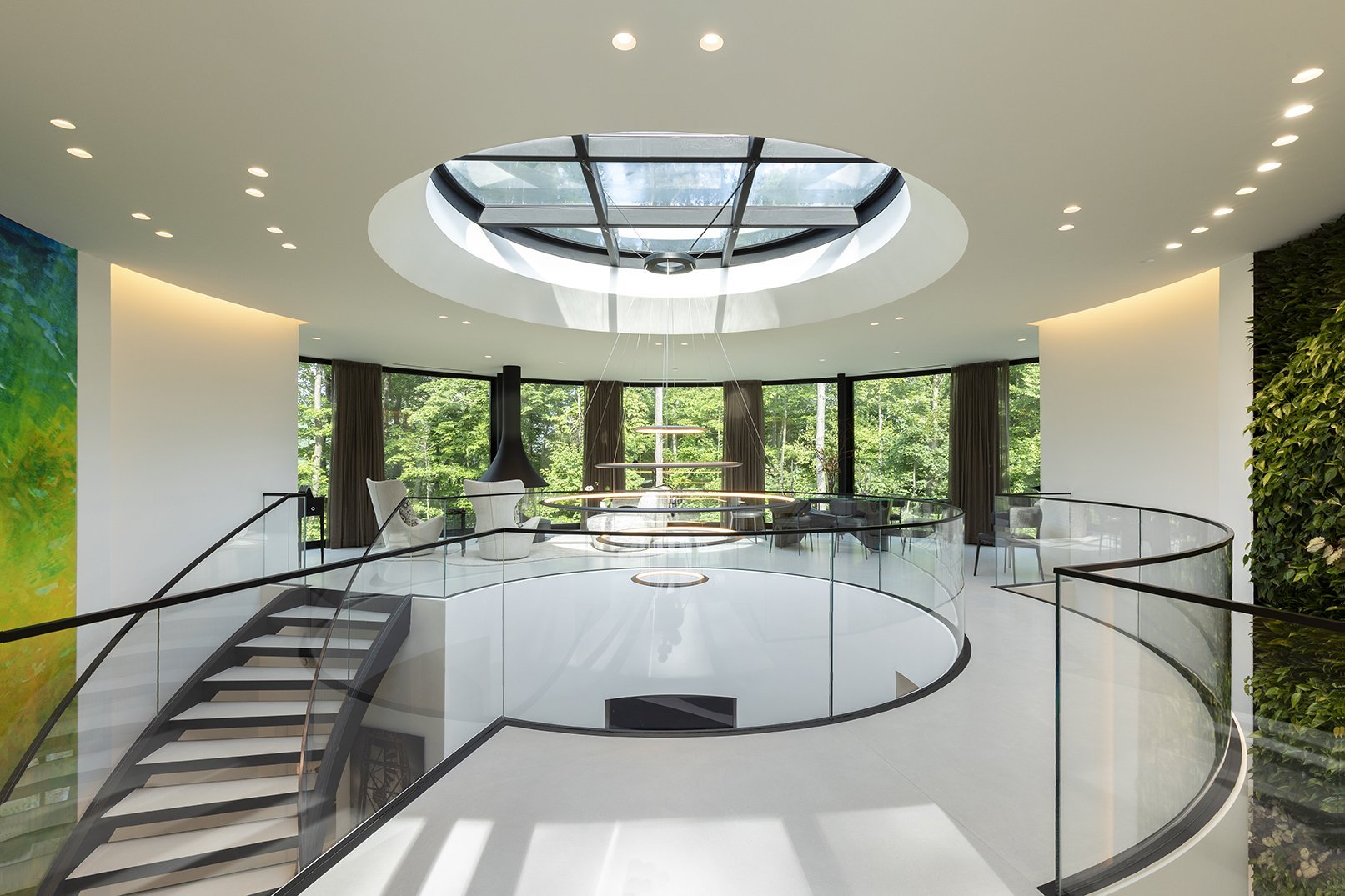Wellness Spaces at Home: The Role of Biophilic Design in Creating Healthier Homes
In the pursuit of healthier living, our homes play a pivotal role, serving as sanctuaries that promote both mental and physical well-being. One key aspect that has gained significant attention is biophilic design—a concept centered around incorporating nature into our living spaces.
As Dr. Lisa Nisbet informed the American Psychological Association, "There is mounting evidence, from dozens of researchers, that nature has benefits for both physical and psychological human wellbeing."
How Interior Design Can Impact Your Mental and Physical Health
Let's explore how careful planning, natural elements, and intuitive design contribute to the creation of wellness spaces at home.
Biophilic Design Can Reduce Stress Levels
Clutter leads to being overwhelmed and creating a chaotic environment, but careful planning and use of biophilic design encourage intuitive action, creating a sense of inner calm. Thoughtful placement of elements enhances the flow of the space, ensuring that things are where they should be. Filling a space with natural light and touches of greenery as part of a deliberate arrangement not only promotes a sense of order but also contributes to a harmonious living environment.
Round House Living Wall: A striking example of biophilic design is the incorporation of the living wall we created for the Round House. This innovative feature brings nature indoors, creating a focal point that captivates the senses. The circular arrangement of the home not only adds visual interest but also symbolizes the cyclical and regenerative nature of life, fostering a sense of connection with the natural world.
Maximizing Natural Light as a Mood Booster
Natural light is a cornerstone of biophilic design. Strategically placed windows and skylights allow an abundance of natural light to flood the space, creating a bright and uplifting atmosphere. Additionally, the design includes natural corridors that seamlessly connect different areas of the home, promoting a sense of continuity and harmony.
A Friction-Free Living Space Improves Functionality
POP Architecture's design philosophy aims to create friction-free living spaces by eliminating unnecessary obstacles and enhancing the overall cohesion of the home. Our approach to design encourages simplicity, making it easier for occupants to navigate their surroundings effortlessly.
Incorporating Nature Improves Wellness
The incorporation of nature into our homes has profound effects on mental and physical wellness. Natural Institutes of Health studies have shown that exposure to natural elements can reduce stress, boost mood, and improve cognitive function. Biophilic design seeks to mimic the patterns and forms found in nature, providing a sense of calm and tranquility within the home environment.
Wrapping Up
Creating wellness spaces at home through intentional design embraces considered planning, incorporating natural elements, and promoting an intuitive living space. Bringing the natural world into our homes allows them to become havens that support our overall health. As we continue to prioritize health and well-being, biophilic design stands as a beacon for creating homes that nurture the body, mind, and soul.
POP Architecture may be reached at 212-977-6775 in New York City, or by email at info@popdpc.com. The website is popdpc.com, and you can follow POP on Facebook and on Instagram at @poparchitecturedpc.





